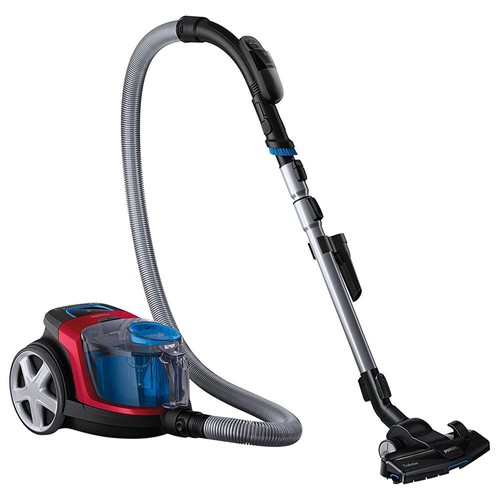All cleaner cleaners operate based on air streaming from the starting at the cleaning head or tool, through the vacuum and the case and/or filtration program and then out the fatigue port. That ventilation is created by the cleaner generator, which also might be called the suction motor.
The cleaner engine consists of electrical components attached to a lover or numerous fans. Once the supporters spin, a partial cleaner is created and the stress in the vacuum cleaner falls below the normal (or existing) air pressure in the room. Because air pressure is higher beyond your vacuum than inside, air rushes through the cleaner cleaner. Therefore, it’s obvious that the vacuum engine is one’s heart of a machine cleaner. All things considered, the better the engine, the more the force differential and which means more suction and ventilation, proper? And it is because of this that all the specifications you see regarding washing power connect either immediately or ultimately to the motor. But here’s where it gets tricky. Specifications for parts including the engine do certainly not relate solely to the performance of the whole vacuum, and therefore are just a the main story.
The feedback energy of the machine motor is calculated in watts. Although this specification does not consider the efficiency of the engine, how many supporters or the overall vacuum cleaner style, motor wattage is a legitimate method to assess and compare the energy of the motor. While the perfect contrast is engine input energy in w of Product A in comparison to engine feedback energy in t of Solution W, some companies don’t provide motor insight power requirements in the shape of watts but rather charge the whole hoover in amps. This will ensure it is hard to assess across brands.
Researching products ranked in amps with those rated in w is not an actual contrast because suppliers which are using w reviews usually charge the engine only while amperage reviews use the overall electrical use of the hoover such as the generator in the ability nozzle (the motorized revolving brush washing head), lamp, etc. Which means that a Power Group (a canister vacuum with an electric nozzle) with a specification of 12 amps could be quite equivalent to a different Energy Staff with a 1200-watt motor that converts to only 10 amps.
This is because the energy nozzle generator consumes 1.5 amplifiers, the light uses additional amperage and so on. Therefore, when we subtract the amperage employed by the power nozzle generator from our 12 amp device, we produce 10.5 amplifiers for the engine and light bulb. In that case, the two engines equally have reviews of very close to 10 amplifiers, and thus, equivalent generator feedback power. Thus, it is better to often compare generator input power in watts of both machines or when you have to examine a device rated in watts with one rated in amps, try to get the amperage status of the motor only instead of the whole machine cleaner. You can then convert this to w and have a meaningful comparison.
A really popular hoover specification is amps. The amperage status designates the most amount of electric recent employed by most of the vacuum cleaner’s electric parts when operating. The largest customer of electrical current will be the vacuum motor, but the amperage rating involves every one of the electric components, such as the vacuum motor, the energy nozzle generator, the lamp, etc.
While amperage identifies energy usage and perhaps not power or cleaning ability per se, it may be used to assess the insight power of just one hoover to another. The reason being while input power is calculated in w, amps are converted into watts by multiplying by volts. Because volts are regular at 120, amps represent a legitimate comparison of motor feedback power. Again, as previously mentioned above, when creating this contrast, take to to get the firm score of the engine just rather than the whole machine قیمت جاروبرقی ایرانی.
